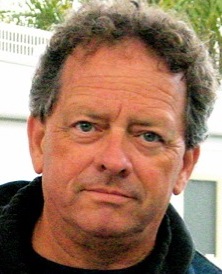Finding Your Voice
One of the most important things an artist in any discipline must do is to establish a unique, personal, artistic voice. Certainly you have heard and used language about the artist's voice. "She has certainly found her voice in this new body of work," or "Come back and show me more when you feel that you have found your voice." Voice is an interesting concept in the arts. Everyone talks
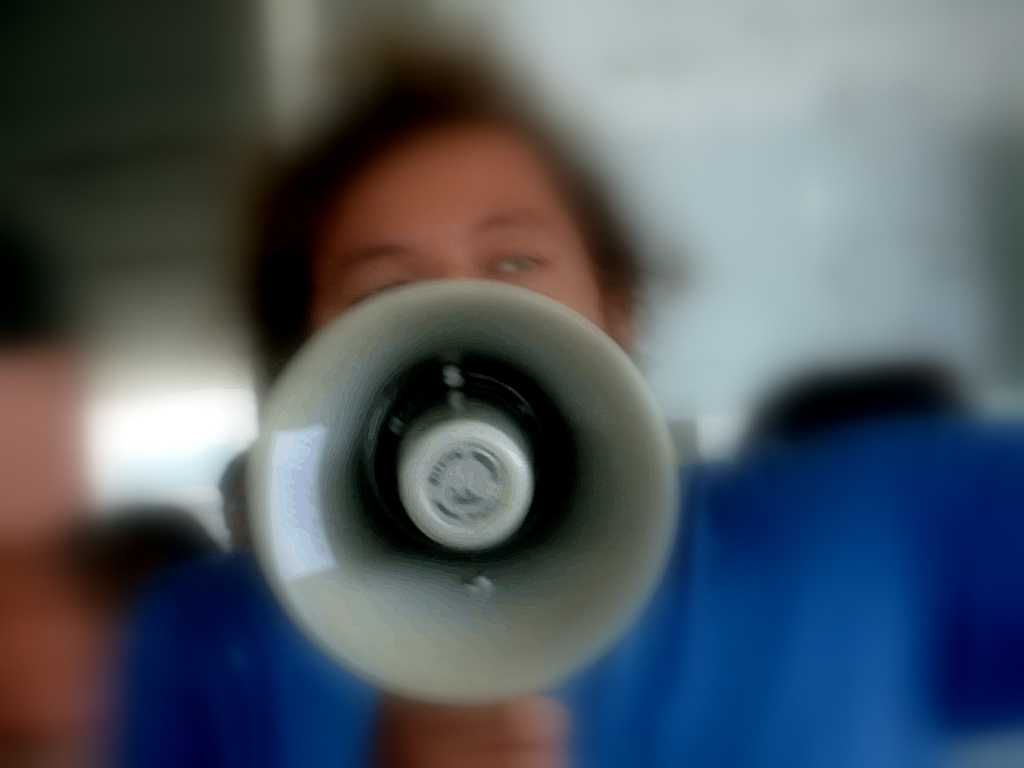 about it and reveres it as some sort of grail work for artists. We are all in some state of transition from talented but without a voice, to fully realized and actualized as a master of our craft, with a clear and resounding voice. Our success hinges to no small degree on the perception of our critics that we have found our voice.
about it and reveres it as some sort of grail work for artists. We are all in some state of transition from talented but without a voice, to fully realized and actualized as a master of our craft, with a clear and resounding voice. Our success hinges to no small degree on the perception of our critics that we have found our voice.
So what is this magical thing called voice? Quite simply put, voice is what distinguishes you from all the others doing what you do. It's that set of characteristics that run through the body of your work and define it as distinctly you. Inexperienced artists often lack a clear voice because it takes time and work to get past the novice focus on technique. This novice phase is very important, and we all must go through it. The novice phase is where you learn methods, discover basic principles, and establish proficiency. It is not where you find your voice.
Perhaps you are a pianist. Your first task is to learn your way around the keyboard and decipher the musical score. As you learn to use your fingers, and to read music, you are also ingraining motor skills and neural pathways to become proficient with your craft. The goal of this phase, which takes many hours and much practice, is to achieve a level of familiarity, agility, and conditioning so that you can play music very, very well without thinking about it consciously.
The point of the novice phase is to fence yourself in while you learn the basics of your discipline and thoroughly explore the conventional space within your field of expression.
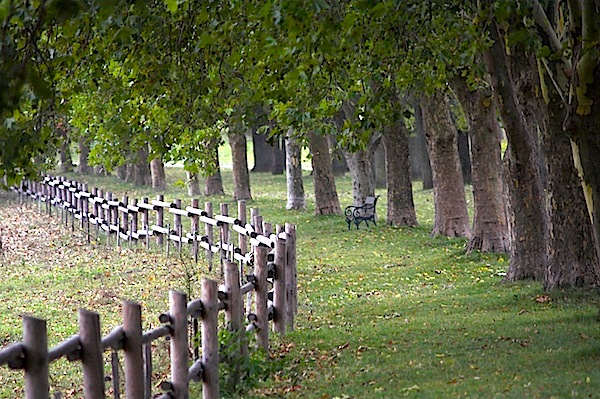 Only after you reach this stage, are you ready to explore the boundaries and shadows around the rules and methods you have mastered. It's necessary to understand and fully assimilate the norms before you can be qualified to hop the fence and venture outside the lines in ways that work well and define you as your own creative master. When you accomplish this remarkable feat of familiarity and mastery, you are ready to begin the process of finding your voice.
Only after you reach this stage, are you ready to explore the boundaries and shadows around the rules and methods you have mastered. It's necessary to understand and fully assimilate the norms before you can be qualified to hop the fence and venture outside the lines in ways that work well and define you as your own creative master. When you accomplish this remarkable feat of familiarity and mastery, you are ready to begin the process of finding your voice.
Voice involves a wide range of variables that distinguish your work. It can include techniques that you develop out of your experience. It can engage the philosophy that you bring to the work. It can be overtly conceptual and clearly articulated, or subtle and understated. Voice is, to a large extent, your style. To some degree it develops unconsciously, like your facial expressions and the idiosyncrasies of your speech. But while artistic voice emerges in rudimentary form from your long hours of practice and repetition—your years of experience mastering the blending and application of paint, or understanding the anatomical expression of the human form—it behooves you to elevate the cultivation of your voice beyond idiosyncratic accidents of style to a conscious and deliberate level.
What animates your work? What are you trying to do to the perception of your audience? Why do you do this crazy thing you do? How does the act of making art change you? How does it change your audience? Are you asking questions like this? And do you have answers? If this sort of thing never occurs to you, you might just say, "All I want is to paint beautiful landscapes," or you might be content to make simple geometrical or organic forms in steel or stone. There is, of course, nothing wrong with these ambitions, but they are from the novice level of your evolving proficiency. When the questions of "why" begin to crowd in, and your ability to effectively make beauty is no longer enough, then you are at the beginning of the search for your own unique voice.
As you explore the world you have created with your technical proficiency as a maker, you will learn to bend and even break the boundaries you have worked so hard to learn to and respect. As you find your voice you will find that you're spending more and more of your energy around these boundary edges.
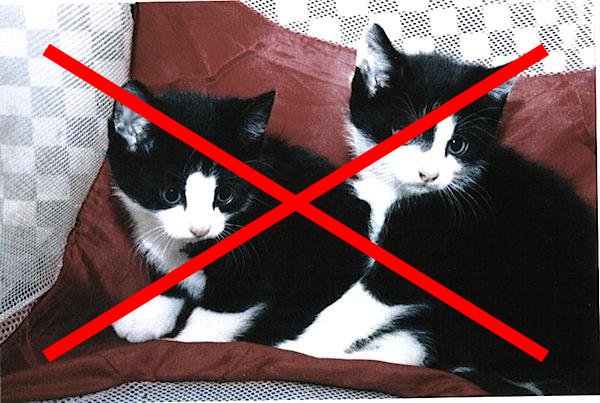 This is where all the interesting work happens. No one is impressed when you do what everyone does. No one gasps in admiring amazement when you wander completely out of bounds only to wander in tall weeds. It's when you push the edges, when you break through into a space that no one expected, and bring back treasure, when you take your audience to interesting places they did not expect to go, that you are taken seriously. That's where your voice is. And it is uniquely you. Your voice does not have to be shocking to do this. It can be quiet and subtle. But it must be yours. There is no room for copycats here.
This is where all the interesting work happens. No one is impressed when you do what everyone does. No one gasps in admiring amazement when you wander completely out of bounds only to wander in tall weeds. It's when you push the edges, when you break through into a space that no one expected, and bring back treasure, when you take your audience to interesting places they did not expect to go, that you are taken seriously. That's where your voice is. And it is uniquely you. Your voice does not have to be shocking to do this. It can be quiet and subtle. But it must be yours. There is no room for copycats here.
Your artistic voice is not static. The world of curators and gallerists and art buyers want you to be consistent, and there will come a consistency out of the development of your voice. But many seasoned artists with clear and distinctive voices feel shackled by the expectations of their audience. Representing galleries often want you to develop a recognizable signature style and stick with it. When you change, your audience might not be ready to follow. This is ok if your changes are the further development of your creative voice. When this happens, you should expect to be out in front all alone. You are the creator. You cannot look back to your audience for guidance because they are responders to, but not the creators of your voice. At times this can be a frightening and lonely process, but it is necessary to follow your emerging voice or else resign yourself to mediocrity.
We will talk more about the Phantom Project after our inaugural show is over and we have a full picture of how it went. But for now, here's a brief update. Remember as you read this that we have been talking about the Phantom Project here because it's an excellent example of how engaging your energy in a project outside the boundaries of your own private artistic expression can open doors for you as an artist. If you have not yet read the first and second installments of the Phantom Project story, you can find them here.
The Phantom—Part 1, The Phantom—Part 2
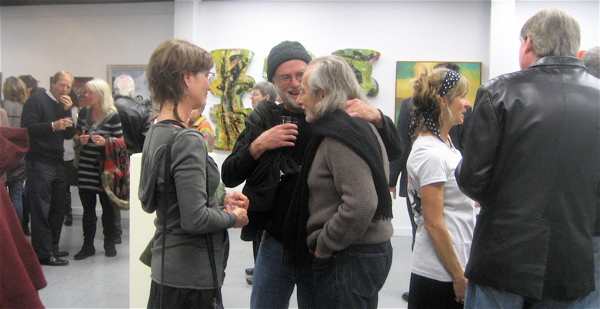
Since our last report, the Phantom Project Inaugural Show has gotten under way. Remember that we didn't really know for sure how successful it could be with under two months of publicity to attract artists and viewers to our makeshift gallery. No one had heard about us two months ago, and it was tough to predict how it would go. It was not even clear if it would happen at all. You have read already about how the local museum and a local property manager stepped up to support us early on.
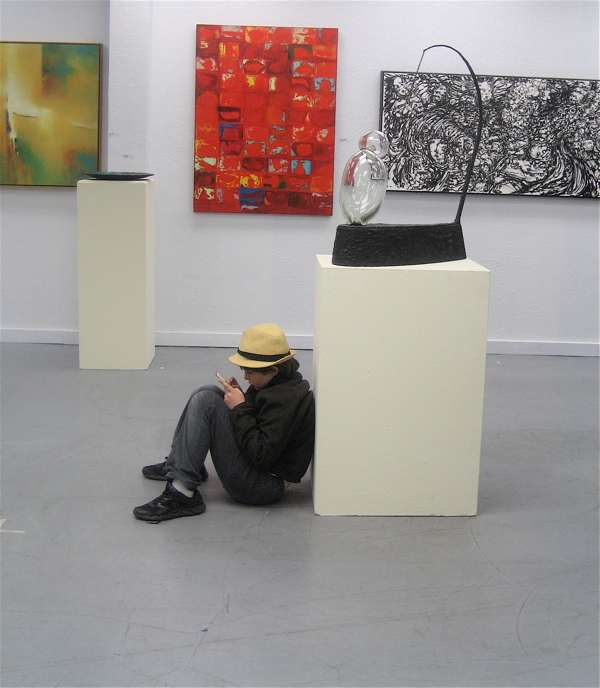 Now we can report that the artists, the press, and the viewing public were hungry for this adventure. We had 87 artists bring in 237 works of art in two hours time at the intake event. The jurors selected 61 pieces to keep for the show, and the rest was removed by the artists the same day. This turned out to be a very stressful experience for the Phantom team because there was so much excitement and enthusiasm around the show, and the artists who were passed by felt, and expressed such disappointment, frustration, and in some cases anger at being left out.
Now we can report that the artists, the press, and the viewing public were hungry for this adventure. We had 87 artists bring in 237 works of art in two hours time at the intake event. The jurors selected 61 pieces to keep for the show, and the rest was removed by the artists the same day. This turned out to be a very stressful experience for the Phantom team because there was so much excitement and enthusiasm around the show, and the artists who were passed by felt, and expressed such disappointment, frustration, and in some cases anger at being left out.
In response to this frustration and trauma, we wrote Rejected! and published it to both our free and paid lists, uploaded it to our web site, and distributed links to it on Facebook. We felt an obligation to address the intense feelings and realities that such a jurying process evokes.
One of our jurors is a writer for the local paper, and he wrote a remarkable article that week recounting his experience of jurying such a large and energetic intake of art. This helped to soothe and encourage the local art community, which was both amazed and variably exited and brutalized by the process.
We now knew the response of the art community was huge, but we still had not tested the public. And then came the opening reception. The room was packed to capacity for three solid hours. The buzz on Facebook was immense. And our juror wrote yet another glowing article about the event. And he reprinted about half of our Rejected! article as part of his article!
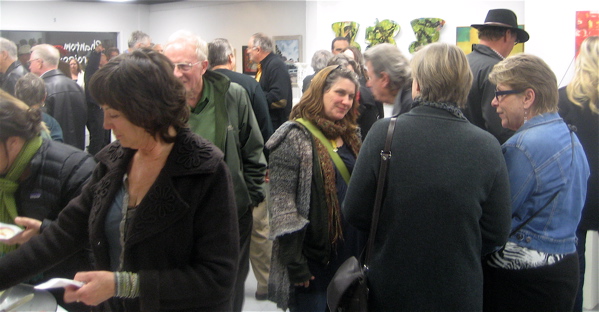
The show is still underway, and runs for nearly three more weeks. It's yet to be seen how far the public response to this project will go, and what further opportunities will come out of it for all the artists whose names are attached to the successful launch of this idea. But we wanted to bring you up to date, and point to how this project has impacted its participants thus far. We are in the limelight. The number of local artists, patrons, gallery owners, and arts organization staff who know who we are, and that we are the innovators who made this happen is mind boggling. We are local rock stars at the moment. We are "those Phantom guys" and people are beginning to notice our art work as well as our project involvement.
We'll talk about the Phantom Project again in a month or so, after the first show is history. But in the mean time, we cannot emphasize enough, how big a deal it can be to put your energy and your creativity into a highly visible, energetic project that serves your community of artistic peers.
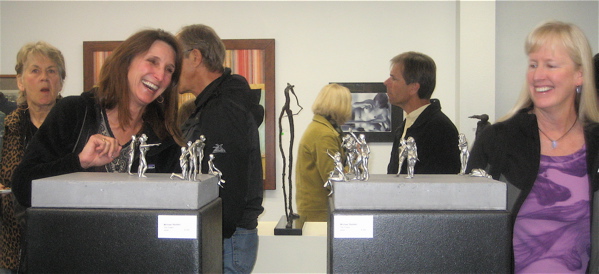
A Brief followup to the Rejected! Article
At the end of January we posted an article about the agonizing experience of being overlooked by the jurors when you submit work to a show. Since we wrote that article, we have fresh anechdotal evidence of just how subjective the jurying process can be, and why it's important to take the entire process with a grain of salt and keep your chin up.
I (Michael) submitted two pieces to the Phantom Project Inaugural Exhibit. One was accepted, the other was not. I shrugged off the rejection and immediately submitted the rejected piece to another juried show the next week. To my surprise and delight, the once-rejected piece won first place in the sculpture category of the second show. Had it been accepted into the first show, I would not have won any awards, and would not have had the exposure of the second show. The second piece was no better or worse when it won the award in the second show than it was when it was passed over for the first show. It was simply a different juror and a different context. This is precisely the point we made in the article on January 29! We could not have asked for a clearer illustration of the principle.
|

 about it and reveres it as some sort of grail work for artists. We are all in some state of transition from talented but without a voice, to fully realized and actualized as a master of our craft, with a clear and resounding voice. Our success hinges to no small degree on the perception of our critics that we have found our voice.
about it and reveres it as some sort of grail work for artists. We are all in some state of transition from talented but without a voice, to fully realized and actualized as a master of our craft, with a clear and resounding voice. Our success hinges to no small degree on the perception of our critics that we have found our voice.
 Only after you reach this stage, are you ready to explore the boundaries and shadows around the rules and methods you have mastered. It's necessary to understand and fully assimilate the norms before you can be qualified to hop the fence and venture outside the lines in ways that work well and define you as your own creative master. When you accomplish this remarkable feat of familiarity and mastery, you are ready to begin the process of finding your voice.
Only after you reach this stage, are you ready to explore the boundaries and shadows around the rules and methods you have mastered. It's necessary to understand and fully assimilate the norms before you can be qualified to hop the fence and venture outside the lines in ways that work well and define you as your own creative master. When you accomplish this remarkable feat of familiarity and mastery, you are ready to begin the process of finding your voice.
 This is where all the interesting work happens. No one is impressed when you do what everyone does. No one gasps in admiring amazement when you wander completely out of bounds only to wander in tall weeds. It's when you push the edges, when you break through into a space that no one expected, and bring back treasure, when you take your audience to interesting places they did not expect to go, that you are taken seriously. That's where your voice is. And it is uniquely you. Your voice does not have to be shocking to do this. It can be quiet and subtle. But it must be yours. There is no room for copycats here.
This is where all the interesting work happens. No one is impressed when you do what everyone does. No one gasps in admiring amazement when you wander completely out of bounds only to wander in tall weeds. It's when you push the edges, when you break through into a space that no one expected, and bring back treasure, when you take your audience to interesting places they did not expect to go, that you are taken seriously. That's where your voice is. And it is uniquely you. Your voice does not have to be shocking to do this. It can be quiet and subtle. But it must be yours. There is no room for copycats here.

 Now we can report that the artists, the press, and the viewing public were hungry for this adventure. We had 87 artists bring in 237 works of art in two hours time at the intake event. The jurors selected 61 pieces to keep for the show, and the rest was removed by the artists the same day. This turned out to be a very stressful experience for the Phantom team because there was so much excitement and enthusiasm around the show, and the artists who were passed by felt, and expressed such disappointment, frustration, and in some cases anger at being left out.
Now we can report that the artists, the press, and the viewing public were hungry for this adventure. We had 87 artists bring in 237 works of art in two hours time at the intake event. The jurors selected 61 pieces to keep for the show, and the rest was removed by the artists the same day. This turned out to be a very stressful experience for the Phantom team because there was so much excitement and enthusiasm around the show, and the artists who were passed by felt, and expressed such disappointment, frustration, and in some cases anger at being left out.



